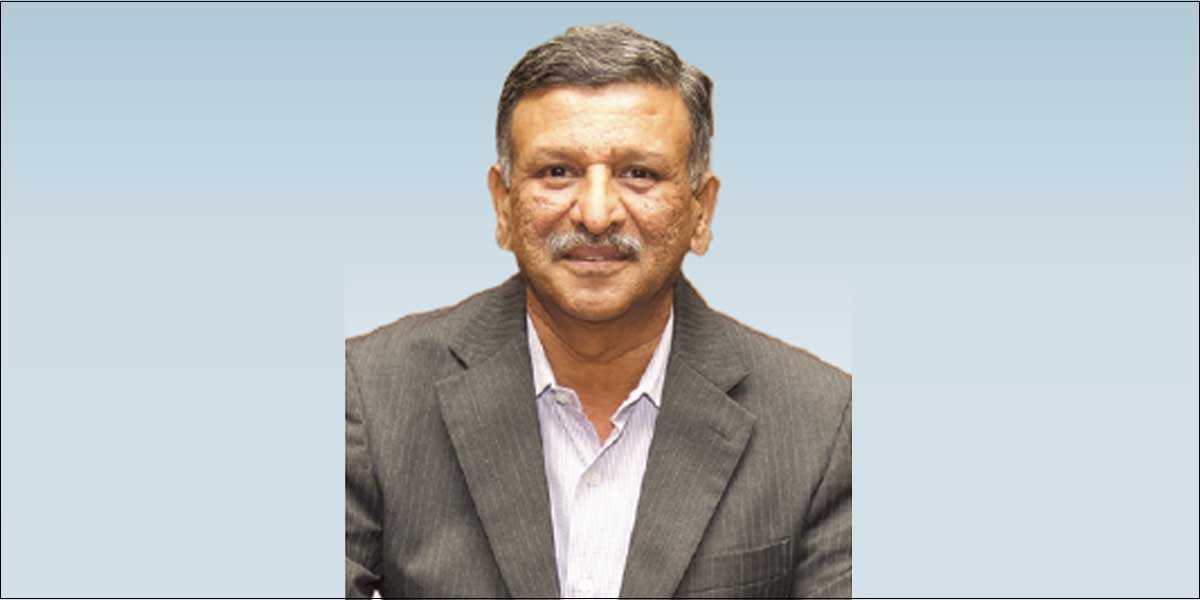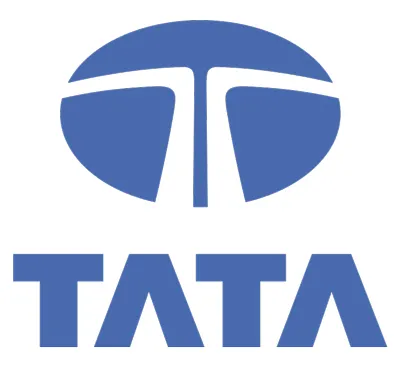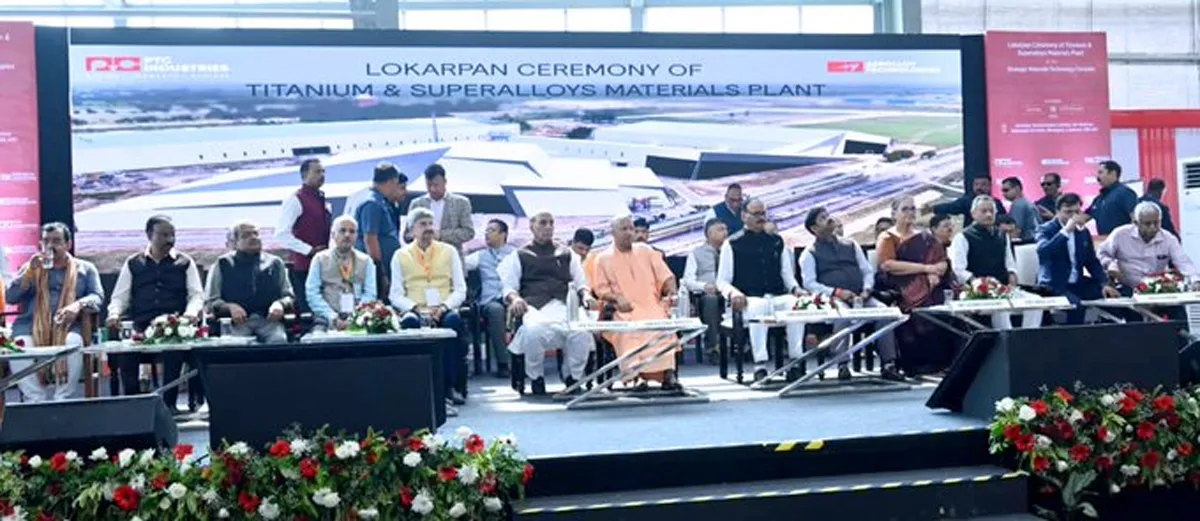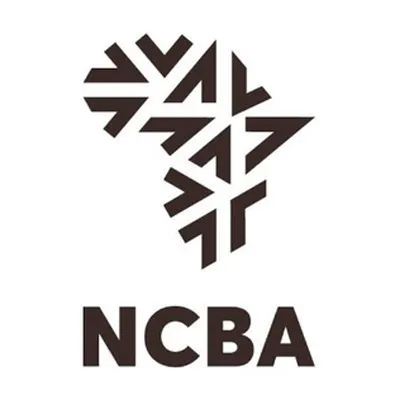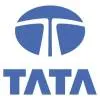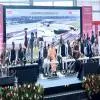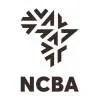Ingenuity and a commitment to adapt have helped Afcons enter new markets with expertise in new and emerging technologies, writes GIRIDHAR RAJAGOPALAN.India is gearing up to flaunt some of the most daring and complex engineering projects that few countries have ever attempted. Very soon, the country will boast engineering marvels with superlatives such as ‘the highest’, ‘the longest’, ‘the deepest’, ‘the biggest’, and so on. And while most of these manmade wonders have been envisaged to solve a problem or make life easier, their sheer dimension, complex construction methodology and mind-boggling innovations will make us gasp in awe.By completing the world’s longest motorable tunnel 3,000 m above sea level (in a JV with Strabag) in Himachal Pradesh, becoming the first Indian company to install an offshore process platform using float-over technology on time, giving India its first underwater metro facility in Kolkata, completing one of India’s largest multilevel interchange metro stations in Chennai, constructing India’s deepest metro station in Kolkata, and constructing the world’s highest single-arch railway bridge in Jammu & Kashmir, Afcons has made innovation a cornerstone of all its projects. As the gap between concept and execution keeps shrinking, Afcons is creating new benchmarks with complex and remarkable milestones year after year.Over the years, the Shapoorji Pallonji Group company has successfully harnessed its rich repository of knowledge and experience in project construction and management to create unique technological innovations. With an approximately $ 350-million-strong equipment base and custom-built machines, Afcons is capable of adapting to any environment and take on any engineering project anywhere globally.Afcons has workshops in New Delhi and Nagpur exclusively dedicated to maintenance and innovation and we have always adopted a holistic approach towards creating sustainable infrastructure. Our vast expertise allows us to select appropriate construction methodology and equipment to reduce overall construction time and thereby reduce the impact and disruption caused to community. We adopt ‘Lean’ construction practices to minimise wastage of materials and utilisation of material using the 3R approach (reduce-reuse-recycle). This provides the added benefit of reducing the stress on the project team and gives them several avenues to innovate and improve processes.Resolve of steelOne of Afcons’ recent milestones is the renovation and inauguration of the western flank of the historic Mahatma Gandhi (MG) Setu in Bihar. Nitin Gadkari, Minister of Road Transport and Highways (MoRTH) & Micro, Small and Medium Enterprises, inaugurated the bridge on July 31, 2020, calling it “an engineering marvel” and a “lifeline” for the masses. According to the minister, the technological research for the project will be a case study for other complex bridge projects in future. MG Setu is the first balanced cantilever bridge in India to be dismantled and converted into a simply supported bridge. The weakening concrete structure is being replaced with a steel deck superstructure. The project involves dismantling concrete to the tune of 76,500 cu m—something never attempted before in India. Most important, Afcons fabricated and erected 33,000 mt of steel truss members for the western flank in just 16 months with a peak production of 5,500 mt. Afcons is presently working on the eastern flank of the bridge.World’s highestThe Chenab Railway Bridge, which will be the world’s highest single-arch railway bridge and 35 m taller than the Eiffel Tower upon completion, is a unique exemplar of modern and extreme engineering. The arch erection is a critical activity owing to its intricate design and geometry. Construction of the bridge requires 30,3349 mt of steel, 8741.15 mt of reinforced steel, 71,019 cu m of concrete and 10,10,756 cu m of excavation.The main span of the bridge is a 469-m steel arch. In a first worldwide, incremental launching has been done on a transition curve as the deck is partly straight, partly on a circular curve, and partly on a transition curve. For the erection of the arch, the world’s tallest cable crane has been commissioned that can handle loads up to 34 mt on a single hook. A lot of sophisticated equipment—such as CNC cutting machines, flux core arc welding equipment mounted on trolleys and an ultrasonic testing machine for examining welds for internal defects—is being deployed. A climbing crane has been developed indigenously for the erection of pylons of cable crane. Also, special design considerations have been made, including handling blast loads, and design for fatigue has been done for the first time in the country.Metro technologyOver the years, Afcons has established itself as a leader in the metro segment in India using cutting-edge technology. While constructing India’s first twin underwater tunnels under river Hooghly, the team created a pathbreaking design to prevent the TBM from encountering difficulty in crossing the diaphragm wall. Attempted for the first time in India, a ‘soft eye’ of Styrofoam was designed replacing M-40 concrete, which worked extremely well. Also, a team of highly experienced tunnel crew was deployed for underwater boring. The TBMs were designed to shut down like a submarine in the event of any water ingress.At Ahmedabad Metro, a high-pressure centre flushing system was introduced through the rotary coupling of the TBM to keep the centre of the mixed face cutter head clean. This reduced up to 12 hyperbaric cutter head interventions, easing the process and saving cost. Also, an automatic fire detection and suppression system was introduced to avoid fires in the TBM cutter head drive motor.In a methodology adopted for the first time in India, Afcons bucked the trend to build a diaphragm wall after completing underground tunnelling for Kankaria Station in Ahmedabad. Non-availability of land during the critical stage of construction necessitated this innovation, wherein two EPB TBMs were set in motion from Apparel Park, 575 m away from the station itself. This unique innovation saved time and allowed optimum use of equipment, which would have idled away if the standard procedure was followed. Afcons teams were able to create diaphragm walls for all stations of the Chennai Metro and Ahmedabad Metro without any breakage by using TBMs with mixed face cutter heads.At Chennai Metro, a hydromill was used to construct the diaphragm walls for the first time in India. Also, reverse circulation drilling (RCD) was attempted on land with efficient management of water circulation for the first time in the project. At Nagpur Metro, two double-decker launching girders were designed and fabricated in house, within three months, saving 1.5 days for every span of the project. At the Shaheed Govari Flyover located in the heart of Nagpur, the viaduct crossed a sharp curve of 173.15 m radius. The superstructure consisted of four steel composite girders weighing 230 mt. Erection of girders weighing 50 mt was done in two stages via tandem lifting using three high-capacity cranes and support of the Govari flyover deck. The priority stretch from Zero-Mile Station to Sitabuldi Station was completed in just three months.Sleeper plantThe Tema-Mpakadan railway project in Ghana is Afcons’s maiden EPC railway project. It is also the largest railway project in the West African country. Afcons built a sleeper plant using the long line method for the first time with the capacity to produce 720 sleepers per day, within a span of just three months.In-house digitisationAfcons teams have collaborated extensively to design mobile apps that ensure optimum utilisation of its equipment fleet. The first such app—MINI, or Mechanical Intellectual Interface—is a one-stop-shop for data on all Afcons-owned equipment. Dristee is a remote monitoring system app that provides information on the performance of each equipment based on live data such as fuel consumption, production, working hours, engine performance and hydraulic performance, monitored real time. Qxl App is a customised quality management app that encompasses pre and post-pour checklists, recording real-time observations and non-conformities, and tracking wastage of major construction material (concrete and bitumen).Innovation cultureIndeed, Afcons has made innovation an integral part of its strategy. Globally, it is the only infrastructure company to win the Most Innovative Knowledge Enterprise (MIKE) twice in a row. Earlier, the company won the Most Admired Knowledge Enterprise (MAKE) for two consecutive years. Afcons remains committed to uphold its innovation culture and use technology intelligently for the benefit of society globally.About the author: Giridhar Rajagopalan, Executive Director (Technical), Afcons, has a rich experience of 40 years with companies like Afcons, Peninsula Land Ltd (Ashok Piramal Group) and V Karma Capital (DLF) in leadership positions. At Afcons, he heads core service departments such as Design, Quality Excellence, Health, Safety & Environment, and Knowledge Services Group. He is part of the Core Methods and Engineering Group. Under his guidance, a comprehensive GTE training programme (CLIMB UP) and development of domain experts has been initiated. He is also a member of the Board of Institute of Lean Construction Excellence (ILCE).
